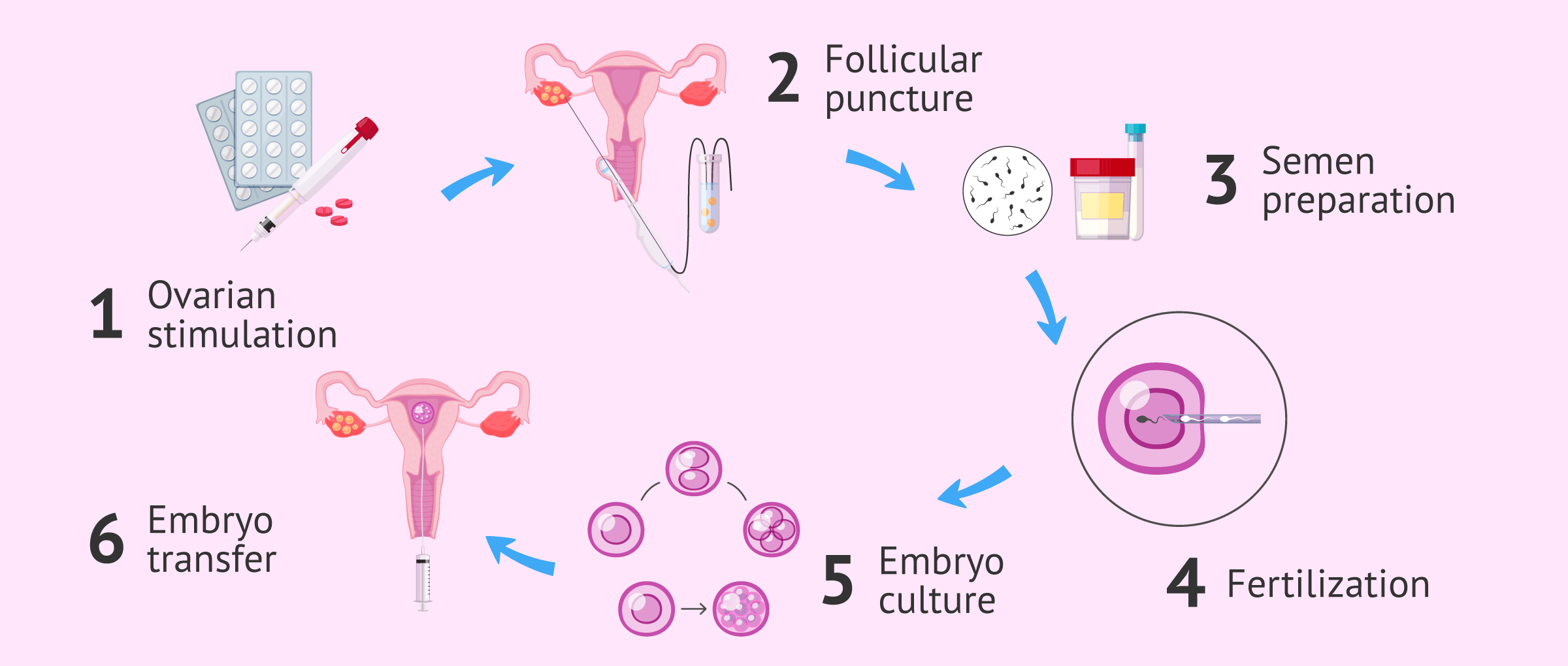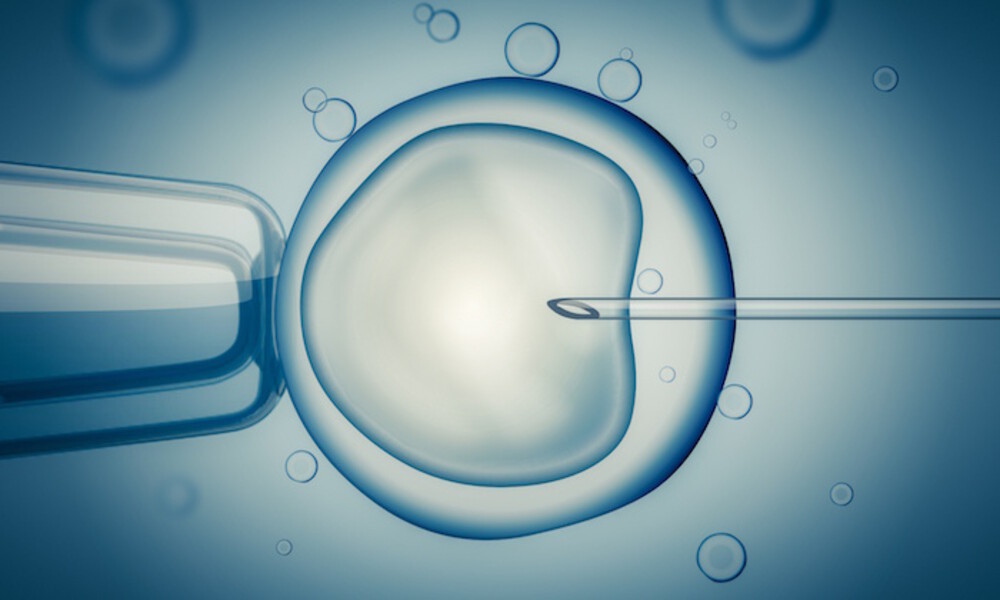Tanwir Ahmed Medical & IVF Center
- UAN: +92-304-111-8263
- WhatsApp: +92-328-4128363
- E-mail: info@tamc.com.pk
- Address: 27-C III, Gulberg III, 2nd Floor, Lahore, Pakistan
Follow us
IVF & ET
IVF & ET
IVF & ET
IVF & ET
Opening Hours
Monday - Tuesday:9am - 5pm
Wednesday - Thursday:9am - 5pm
Friday - Saturday:9am - 5pm
Sunday:Closed

Vitro fertilization & Embryo Transfer
Vitro fertilization & Embryo Transfer
IVF stands for in vitro fertilisation. In vitro literally means ‘in glass’ and with this form of assisted conception, fertilisation takes place in a glass (or more commonly, plastic) dish in the laboratory. Any assisted conception procedure where fertilisation takes place outside the body is a form of IVF.
IVF was originally devised to overcome infertility caused by blocked or absent fallopian tubes. Today, IVF is used to treat many more reproductive problems, including irregular ovulation, low sperm count or motility, and unexplained infertility.
How IVF works? Depending on a woman’s age, anywhere between 1 and 30 follicles, known as ‘recruits’, will begin to develop in each menstrual cycle. Whatever her age though, only one of these developing follicles will dominate and ovulate at the level of the hormone FSH that a woman produces naturally.
With IVF, the goal is to keep the level of FSH constant, and thus to encourage more of the recruits to develop mature eggs, which are collected surgically under vaginal ultrasound guidance.

The eggs are then fertilised in the laboratory, cultured for several days, and then one, or rarely two embryos are transferred back into the woman’s uterus. If there are additional embryos, they may be frozen and stored for later use.
The steps in an IVF cycle are:
- Stimulating the ovaries with injections of FSH
- Preventing premature ovulation (the LH surge) by shutting down communication between the brain and the ovaries, so that the eggs are not lost before they can be collected
- Triggering ovulation by replacing the LH surge at mid cycle with an injection of hCG
- Collecting the eggs and sperm
- Culturing embryos in the laboratory
- Transferring the embryo/s
- Supporting the endometrium in the luteal phase with hCG or progesterone
Embryo Transfer An embryo transfer to the uterus is usually straightforward and painless: no more (or less) uncomfortable than having a Pap smear. After a speculum is placed in the vagina, a fine plastic catheter that has been loaded with the embryo is passed through the cervix into the uterus.
Many people think that the uterus looks like it does in most diagrams, with a cave-like interior in which transferred embryos can rattle around and even fall out! In reality, the endometrial cavity is a potential space. In fact, the front and back walls of the uterus are in contact like two slices of bread with jam in the middle; the embryo is like a raspberry seed wedged in between. No matter what you do, it won’t fall out!

